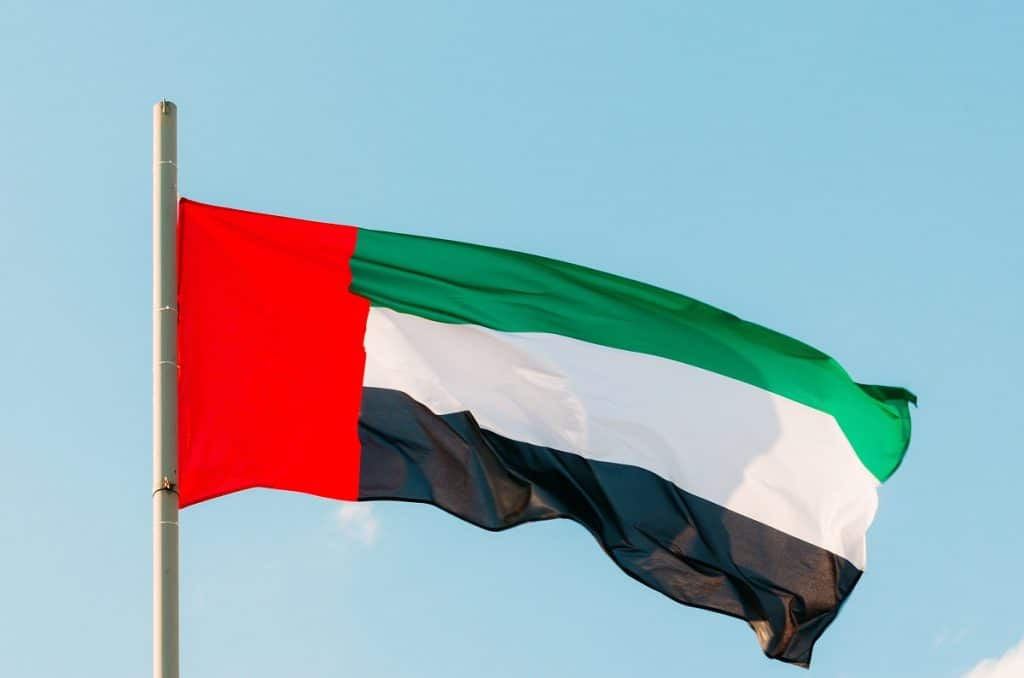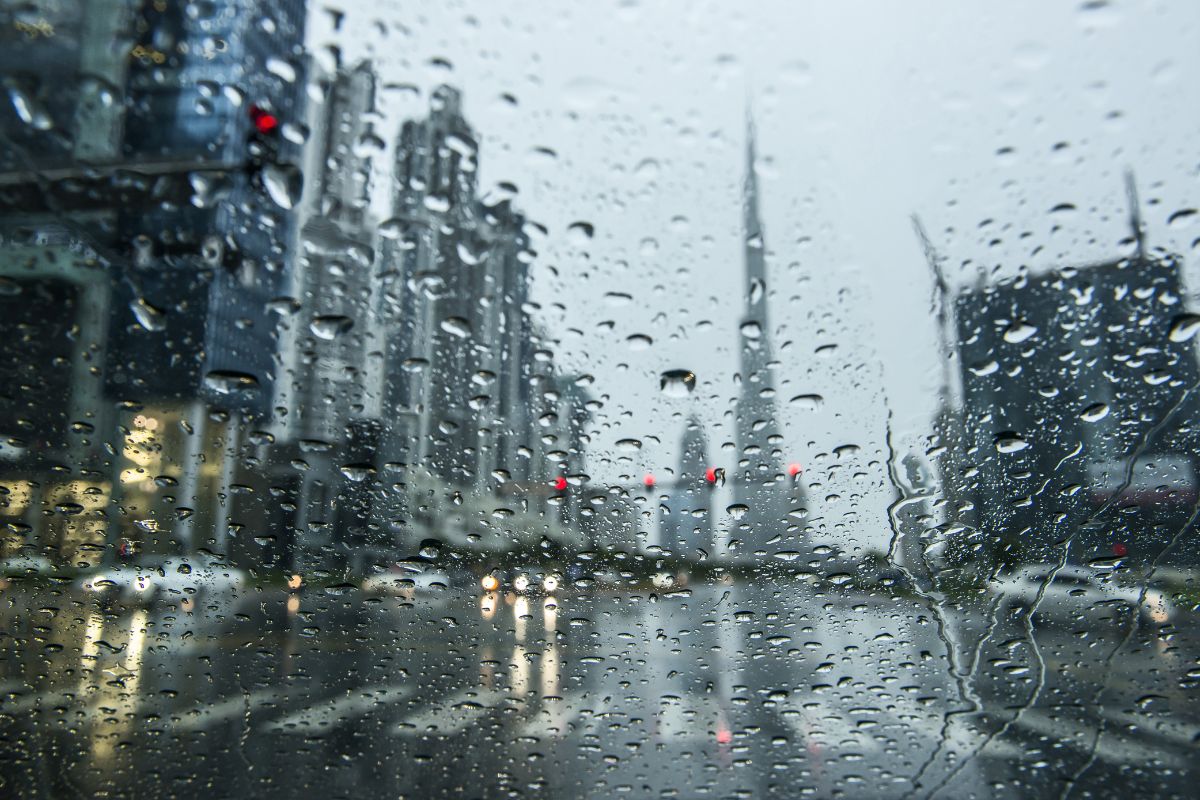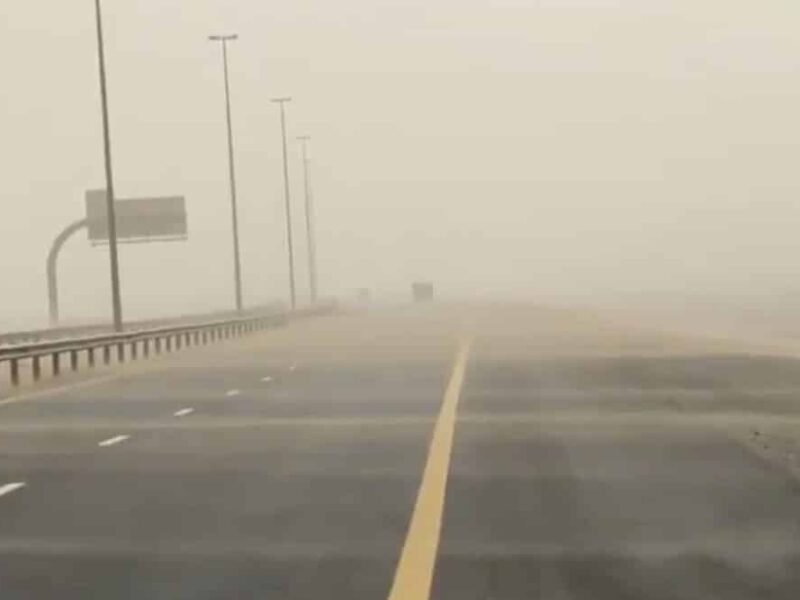UAE insurance rates could increase as providers look to cover costs of increased rainfall and expected rise in demand and possibility of pay-outs.
Last week, the UAE experienced the most substantial rainfall in 75 years since climate data recording began in 1949 and there is likely to be an impact on earnings for most insurers, according to S&P Global Ratings.
The heavy rain led to unprecedented flooding that turned many main roads, particularly in Dubai, into waterways, leaving motorists stranded and causing widespread travel disruption and damage.
UAE rain insurance claims
It is too early to assess the full financial impact of this natural disaster on the UAE’s insurance sector; therefore, negative rating actions are unlikely at this time.
Nevertheless, S&P Global Ratings considers that most insurers it rates in the region benefit from robust capital and liquidity buffers and should be able to absorb related claims.
S&P Global Ratings expects an earnings impact for most insurers, but that the capital and liquidity buffers of insurance companies with weaker capitalisation could be tested.
A statement from S&P Global Ratings said it expects claims relating to motor and property damage will make up the majority of losses for local insurers.
Motor and property insurance rates could increase in the UAE. Many motor insurers in the UAE have increased their rates by up to 50 per cent for certain coverage over the past year, due to a spike in the frequency and costs of claims.
In view of the recent floods, S&P Global Ratings anticipates another round of rate increases, mainly for comprehensive motor policies.
It also anticipates that rates for insuring commercial and residential property risks could increase as local insurers and international reinsurers review their pricing following a rise in the frequency and severity of rainstorms in the UAE and neighbouring countries.
In addition to rate hikes, the firm also foresees an increase in demand for insurance, alongside planned infrastructure projects following the recent floods.
This should support an increase in insurance penetration (measured as gross written premiums divided by gross domestic product), which stood at about 3.1 per cent in 2023 compared to a global average of about 5.5 per cent.
Insurance companies typically pass large, high-value commercial risks on to international reinsurers.

However, risks relating to motor business are, in most cases, retained by local insurers.
That said, although the number of motor claims will be high, the industry will likely be able to cope with the total amount of insured losses. This is because:
- There are currently about 60 licensed insurers in the UAE, of which the vast majority underwrite risks related to property/casualty, including motor business. This implies claims will be spread across a large number of insurers in the market
- S&P Global Ratings expects that a significant number of cars damaged during the rainstorm have only third-party insurance and are therefore not covered for natural disasters such as flooding. Damage from flooding is typically covered under comprehensive motor policies. However, such coverage may apply only under certain circumstances, for example, when a vehicle is parked and not moving, further limiting the liability of insurers
- The accumulation of claims from the same storm could also trigger reinsurance policies, depending on the reinsurance coverage companies have in place. This implies that the liability of those insurers would be capped at a set amount
Damage to commercial and residential properties has also been substantial, based on early estimates. However, S&P Global Ratings notes that many larger, high-value commercial risks are usually ceded to international reinsurers, meaning that local insurers retain only minimal or, in some cases, no risk.
At the same time, some property developers in Dubai have announced that they would cover repair costs for residential buildings.
This, together with the relatively low number of home content insurance policies, could further limit the exposure for local insurers.
S&P Global Ratings said it expects that insurers will receive a number of claims relating to damage to key infrastructure, such as Dubai’s airport and public rail network, and to large shopping malls, which were heavily affected by the adverse weather.
However, the ratings specialist said it expects the impact on local insurers to be limited, since these types of risks are typically ceded to reinsurers and local insurers’ retention levels are low.

Solvency capital buffers and reinsurance programs will be put to the test.
Although most insurers rated by S&P Global Ratings in the UAE have robust capital and liquidity buffers, the solvency of about 20 per cent of the listed insurers is only slightly higher, or even lower, than the required regulatory minimum.
As a result, S&P Global Ratings anticipates that the capital and liquidity buffers of some insurers with weak capital positions could become strained, potentially leading to some delays in claim payments.
S&P Global Ratings said: “In our view, this could be the case in particular for thinly capitalised insurers that retain a large portion of motor and other risks and those that do not have adequate reinsurance cover in place”.









